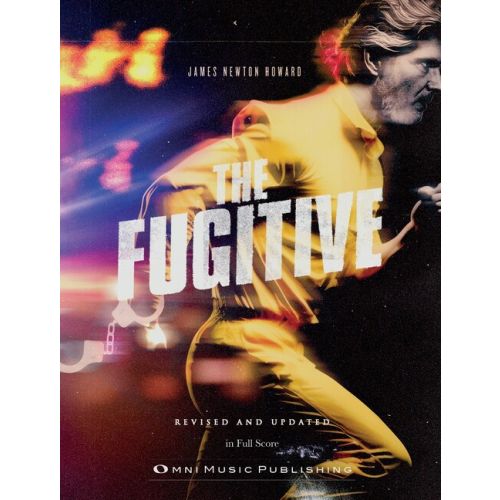The Fugitive
Product Details
Description
Film adaptations of classic T.V. shows from the 1960s were the latest trend in Hollywood during the 1990s. Rising above the pack was director Andrew Davis’ vision of The Fugitive, based on characters created by Roy Huggins. Released in 1993, it was an enormous success for Warner Bros. bringing in $369.9 million for the studio and garnering 7 Academy Awards, including best picture. It was universally praised by audiences and critics, and it set the bar high for future action films. Davis turned to James Newton Howard to write the music, which also received a nomination in the best score category.
At first, Davis imagined the music would feature a jazz combo. After viewing a few reels, Howard agreed with this style but sensed that the film needed more than a small group of musicians. He wisely suggested that a big orchestra should accompany the big chases. As a result, the score’s huge sound palette contains a mix of moody synthesizers, traditional orchestral instruments, and an expanded percussion section. Legendary jazz saxophonist, Wayne Shorter, rounds out the score, preserving the director’s initial vision.
Howard’s musical approach to the soundtrack was greatly influenced by Jerry Goldsmith’s film scores, especially Total Recall. But using the prolific composer’s music as inspiration was deflating. He stated in a 2006 interview that, “he [Goldsmith] was able to write an action sequence that was so riveting and so effective…How’d he do that?” Nevertheless, Howard distilled elements of the revered composer’s style and poured them into the film’s myriad action sequences. Balancing that out is the way the music brings depth and emotion to the film’s protagonist, Dr. Richard Kimble. When Kimble has a chance to catch his breath, the score engages in quieter, more intimate moments featuring English horn. And even though Howard’s slow chaconne theme for Kimble’s predicament is heavy and laden with hopelessness, it exemplifies the composer’s innate talent for creating an emotional connection between the audience and the film’s characters.
Now musicians, music students, conductors — any music lover — can study The Fugitive in this durable, high-quality edition, carefully reproduced and edited from the original handwritten manuscript.

